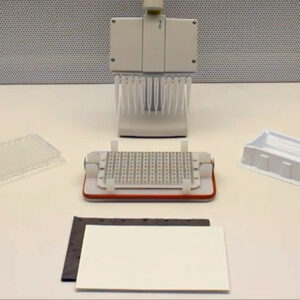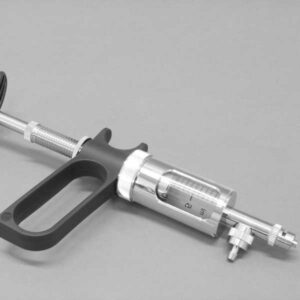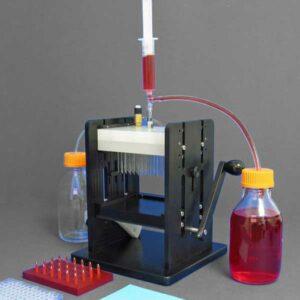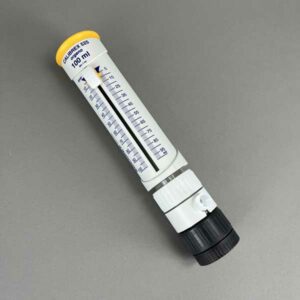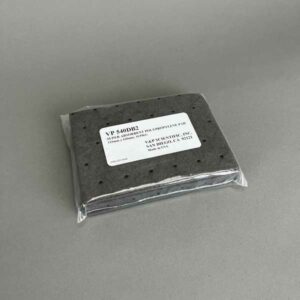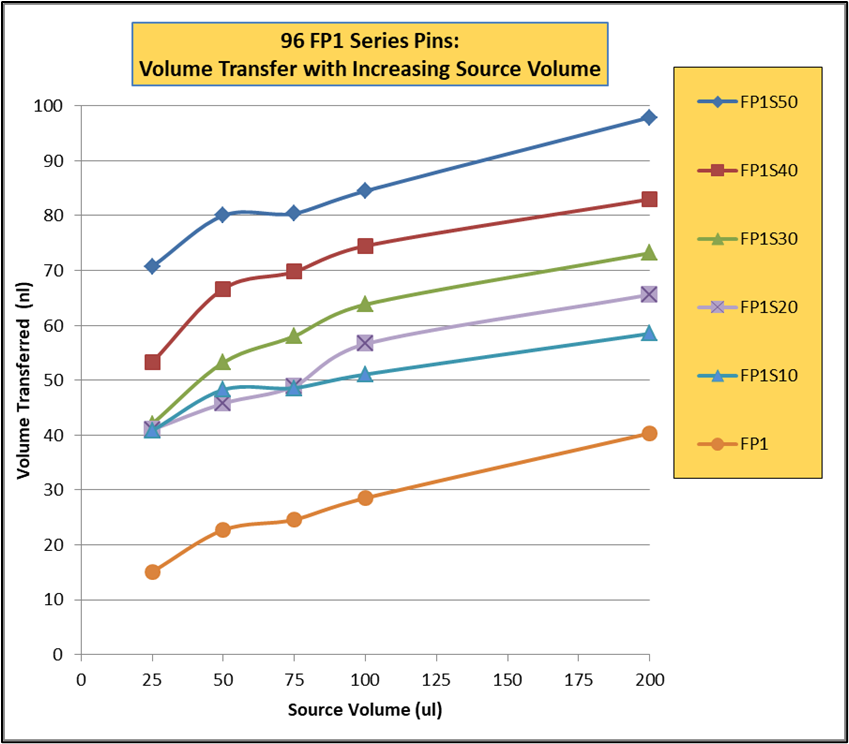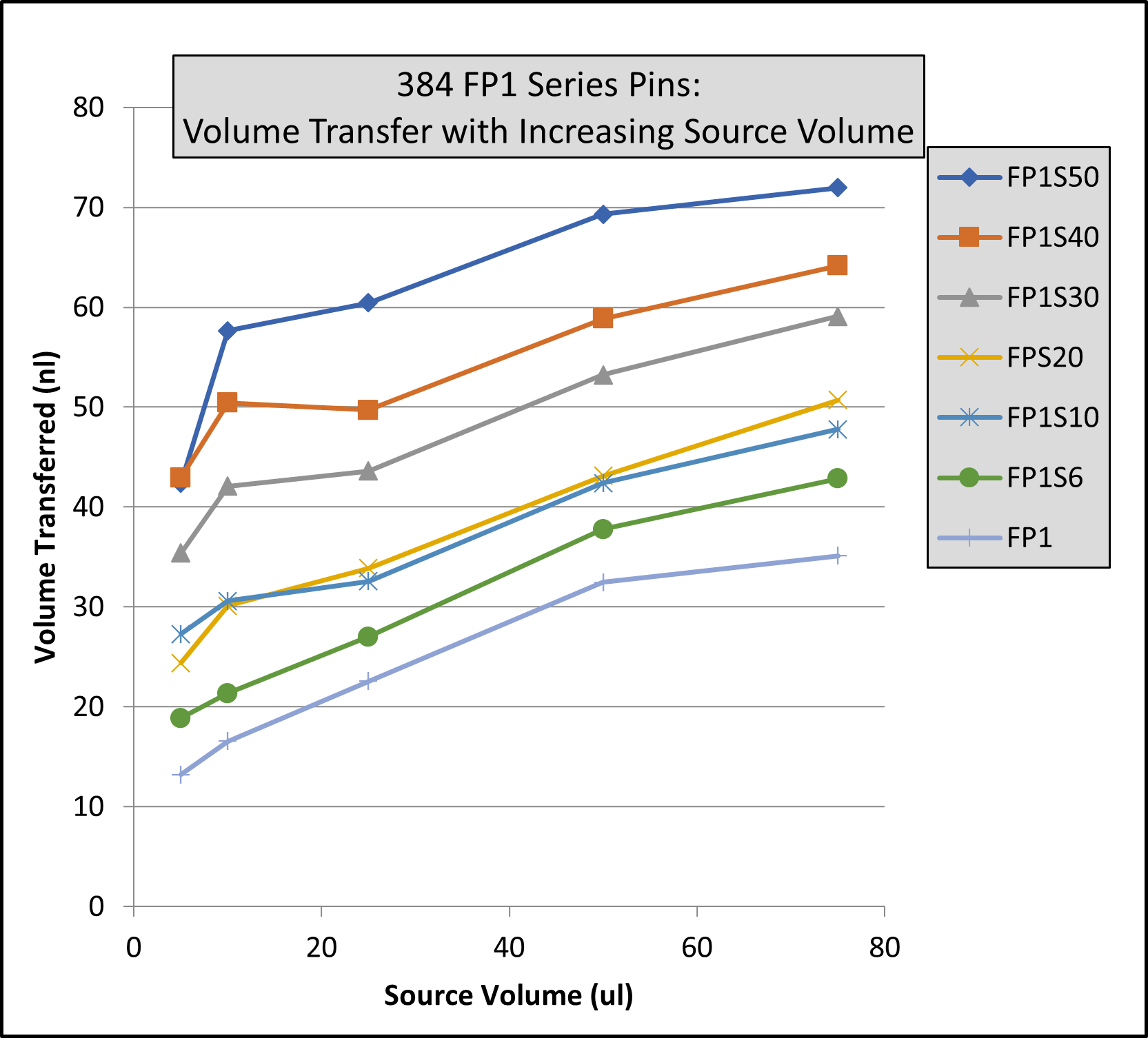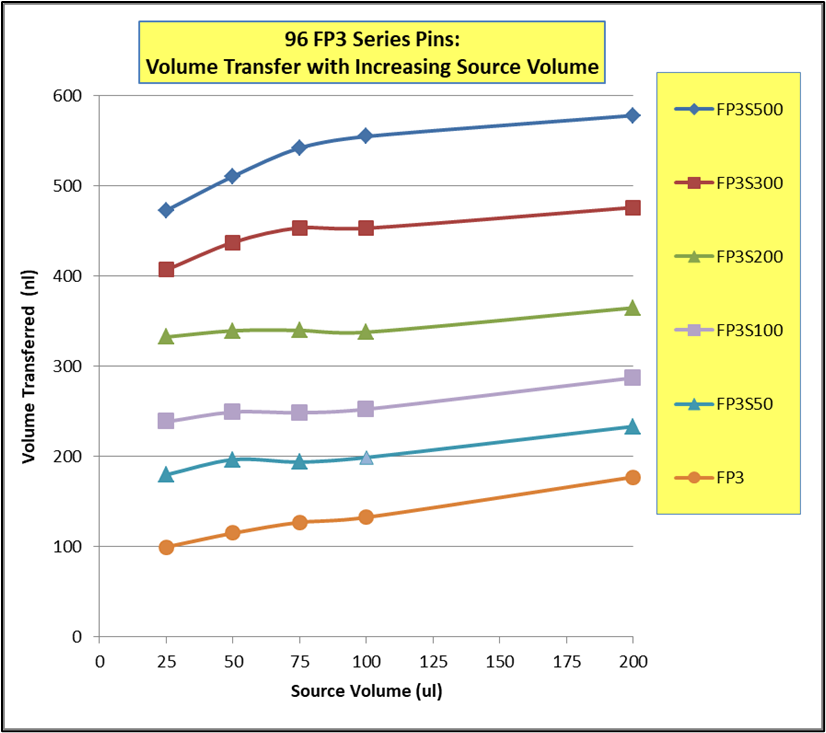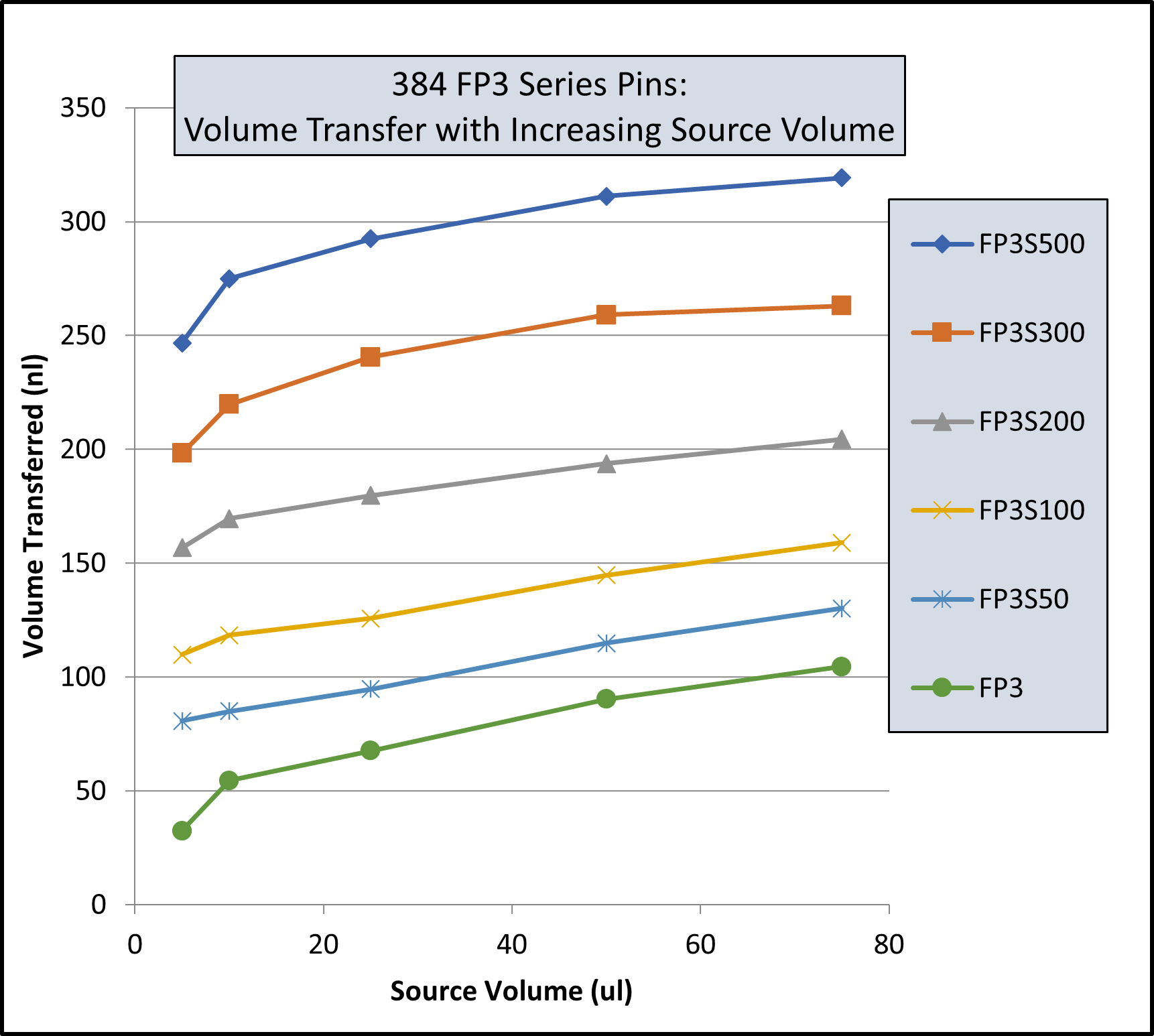MAGNETIC BEAD SEPARATION PLATE, Flick ‘N Blot Design, 96 Well, Standard or Deep Well Plate, Round or Conical Bottom, 24 Round Posts, 52MGO, NdFeB Magnets, Red Anodized Aluminum Magnet Frame, 1 Sided Pellet Location, 6.4mm Post Diameter, Axial – North Poles Up Magnetic Orientation, Non-SLAS Footprint, Includes Polypropylene Base with Adjustable Clips to hold Plates and Red O-Ring Grip
VP 771HH-LA
MAGNETIC PLATE, Flick ‘N Blot Design, 96 Well, Standard or Deep Well, Round or Conical Bottom, 24 Round Posts
| No of Wells | 96 |
|---|---|
| Plate Type | Standard or Deep Well |
| Well Bottom Shape | Conical, Round |
| No of Magnets | 24 Round Posts |
| Magnet Strength | 52MGO |
| Magnet Type | Neodymium (NdFeB) |
| Frame Material | Red Anodized Aluminum |
| Pellet Location | 1 Sided |
| Post Diameter | 6.4mm |
| Magnetic Orientation | Axial – North Poles Up |
| Gripper Accessible | N/A |
| SLAS Base | No |
| Length | 163.32mm |
| Width | 108.71mm |
| Height | 35.31mm |
| Post Height | 7.87mm |
Flick ‘N Blot Magnetic Separation Plates Overview
Fast, Reliable, Pipette-Free Magnetic Bead Separation Alternative
What’s Flick ‘N Blot?
Engineered to remove supernatant and wash buffers efficiently. We’ve taken the versatility of our magnetic separation plates and developed a new system for scientists to simply ‘flick’ off the supernatants and wash buffers without disturbing your magnetic bead pellets and fear of losing samples.
By securing the microplate directly onto a magnetic separation plate, the entire assembly can be inverted and flicked, allowing the decanting of non-viscous supernatants while maintaining pellet integrity. This approach adapts the familiar ELISA plate wash decanting technique that’s now adapted for magnetic bead assays, eliminating the need for automated liquid handling systems or manual pipetting – ideal for budget-friendly high-throughput applications. Just flick ‘n blot!
System Compatibility:
Supported Plate Formats
- 96-well plates (standard and deep-well): round bottom, v-bottom, flat-bottom, conical
- 384-well plate (standard): flat-bottom
Pelleting Configurations
- Single-sided bottom pelleting
- Four-sided bottom pelleting
- Corner-offset (center corner) pelleting
- Centralized bottom pelleting
Whether you’re running nucleic acid purifications, protein isolations, or immunoassays, Flick ‘N Blot simplifies your workflow and reduces consumable waste.
Optimizing Your Assay?
Selecting the optimal magnetic separation plate depends on several critical factors, including bead size, concentration, magnetic field geometry, and assay volume. We know how important precision and reproducibility are to your experiments.
To help make the decision easier, we’ve put together a detailed guide to help you navigate your options. Explore our blog: “Choose Your Microplates Wisely!” to select the right solution for your lab today.
Applications of Magnetic Bead Separation Devices
Since the introduction of Magnetic Beads as a method to separate bound from unbound ligands the applications and variation of Magnetic Bead Assays has soared exponentially, and they are literally too numerous to count. Magnetic Bead Separation Assays have rapidly replaced the slower and more cumbersome techniques of absorption (ELISA), centrifugation, and filtration separation methods. In addition, Magnetic Bead assays have increased the recovery of the sample and its purity with fewer wash steps.
Magnetic Beads have been successfully coupled to antibodies, antigens, proteins, viruses, bacteria, fungi, Ligands, DNA, RNA, Avidin, Streptavidin, Biotin, staphylococcal protein A and the list goes on…. Furthermore, these Magnetic beads have also been directly labeled with radioisotopes, enzymes, dyes, fluorescent compounds, and complementary metal oxide semiconductors (CMOS) and quantum dots (QD) for direct detection with biosensors resulting in even more capability and multiplexing opportunities.
This said Magnetic Bead Separation assays are the clear and obvious method of choice for the foreseeable future. V&P Scientific will work with developers of new Magnetic Bead assays to provide the perfect Magnetic Bead Separation device. We have already developed over 100 devices and perfected 72 different Magnetic Bead Separation devices for microplates and 29 for micro-tubes, test tubes, and bottles. Many of these are sold on an OEM basis to both diagnostic companies and plate washing companies.
List of Applications for our Magnetic Bead Separation Blocks
- DNA isolation for sequencing of genomes for identification of disease states
- Diagnostic assays for disease-causing organisms
- DNA clean-up prior to assay or PCR
- Categorization of crops and animals in agriculture
- RNA extraction from cells for cancer detection
- RNA extraction from cells to analyze cell functions
- RNA extraction from cells for Gene Expression Profiling
- RNASeq assays used in biomicrofluidic lab-on-a-microchip technologies
- Purification and screening of antibodies, proteins, antigens, and peptides
- Glycan analysis with Thermo Glycan Analysis mag bead kit
- Isolate DNA from formalin-fixed, paraffin-embedded tissue
- Cell selection or sorting
- Retaining carryover magnetic beads when aspirating from deep well microplates
Compatible with the following microplate washers:
- BioTek plate washer ELx405
- Tecan Hydrospeed plate washer
Compatible with the following magnetic beads:
- Beckman Coulter AMPURE
- Beckman Coulter SPRI
- Luminex xMAP
- Promega
- Dynabeads
- MACHEREY-NAGEL
- MagSi-S
- PureProteome
References:
The following two references are typical uses of our magnetic separation blocks:
We have also developed new devices for keeping magnetic beads in uniform suspension while being pipetted into microplates. See our new SpinVesselTM system for dispensing uniform suspensions of magnetic beads. It has the advantage of operating with larger total volumes of magnetic beads and yet leaving a very tiny dead volume in the vessel. We have also recently developed a new MagWashTM system for washing Magnetic beads or concentrating dilute analytes.
See our older Sealed Bearing Magnetic Bead Suspension Reservoirs and Tumble Stirrer Magnetic Bead Suspension Reservoirs.







